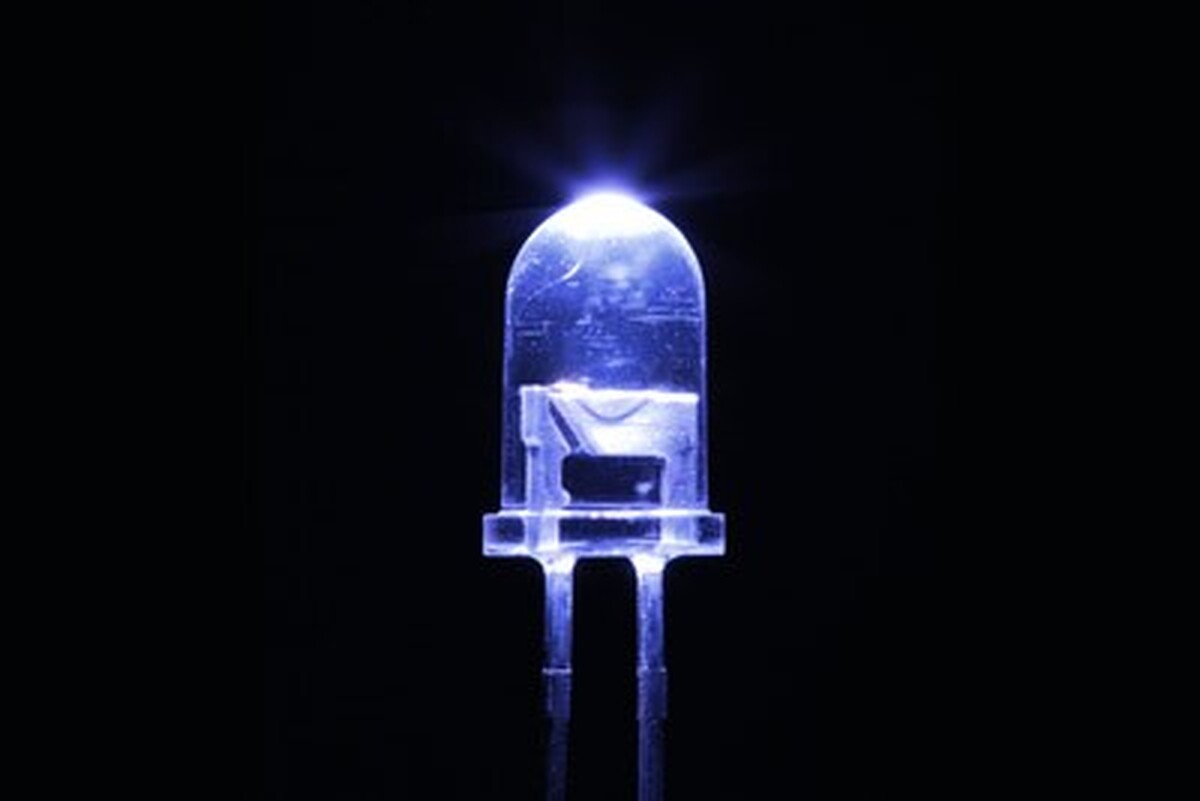Harvard Scientists Develop ‘Intelligent’ Liquid

The first-of-its-kind metafluid uses a suspension of small, elastomer spheres — between 50 to 500 microns — that buckle under pressure, radically changing the characteristics of the fluid. The metafluid could be used in everything from hydraulic actuators to program robots, to intelligent shock absorbers that can dissipate energy depending on the intensity of the impact, to optical devices that can transition from clear to opaque. The research is published in Nature.
“We are just scratching the surface of what is possible with this new class of fluid,” said Adel Djellouli, a Research Associate in Materials Science and Mechanical Engineering at SEAS and first author of the paper. “With this one platform, you could do so many different things in so many different fields.”
Metamaterials — artificially engineered materials whose properties are determined by their structure rather than composition — have been widely used in a range of applications for years. But most of the materials — such as the metalenses pioneered in the lab of Federico Capasso, Robert L. Wallace Professor of Applied Physics and Vinton Hayes Senior Research Fellow in Electrical Engineering at SEAS — are solid.
“Unlike solid metamaterials, metafluids have the unique ability to flow and adapt to the shape of their container,” said Katia Bertoldi, William and Ami Kuan Danoff Professor of Applied Mechanics at SEAS and senior author of the paper. “Our goal was to create a metafluid that not only possesses these remarkable attributes but also provides a platform for programmable viscosity, compressibility, and optical properties.”
Using a highly scalable fabrication technique developed in the lab of David A. Weitz, Mallinckrodt Professor of Physics and of Applied Physics at SEAS, the research team produced hundreds of thousands of these highly-deformable spherical capsules filled with air and suspended them in silicon oil. When the pressure inside the liquid increases, the capsules collapse, forming a lens-like half-sphere. When that pressure is removed, the capsules pop back into their spherical shape.
That transition changes many of the liquid’s properties, including its viscosity and opacity. Those properties can be tuned by changing the number, thickness, and size of the capsules in the liquid.
The researchers demonstrated the programmability of the liquid by loading the metafluid into a hydraulic robotic gripper and having the gripper pick up a glass bottle, an egg, and a blueberry. In a traditional hydraulic system powered by simple air or water, the robot would need some kind of sensing or external control to be able to adjust its grip and pick up all three objects without crushing them.
But with the metafluid, no sensing is needed. The liquid itself responds to different pressures, changing its compliance to adjust the force of the gripper to be able to pick up a heavy bottle, a delicate egg, and a small blueberry, with no additional programming.
“We show that we can use this fluid to endow intelligence into a simple robot,” said Djellouli.
The team also demonstrated a fluidic logic gate that can be reprogrammed by changing the metafluid.
The metafluid also changes its optical properties when exposed to changing pressures.
When the capsules are round, they scatter light, making the liquid opaque, much like air bubbles make aerated water appear white. But when pressure is applied and the capsules collapse, they act like microlenses, focusing light and making the liquid transparent. These optical properties could be used for a range of applications, such as e-inks that change color based on pressure.
The researchers also showed that when the capsules are spherical, the metafluid behaves like a Newtonian fluid, meaning its viscosity only changes in response to temperature. However, when the capsules are collapsed, the suspension transforms into a non-Newtonian fluid, meaning that its viscosity will change in response to shear force — the greater the shear force, the more fluid it becomes. This is the first metafluid that has been shown to transition between Newtonian and non-Newtonian states.
Next, the researchers aim to explore the acoustic and thermodynamic properties of the metafluid.
“The application space for these scalable, easy-to-produce metafluids is huge,” said Bertoldi.
4155/v
























